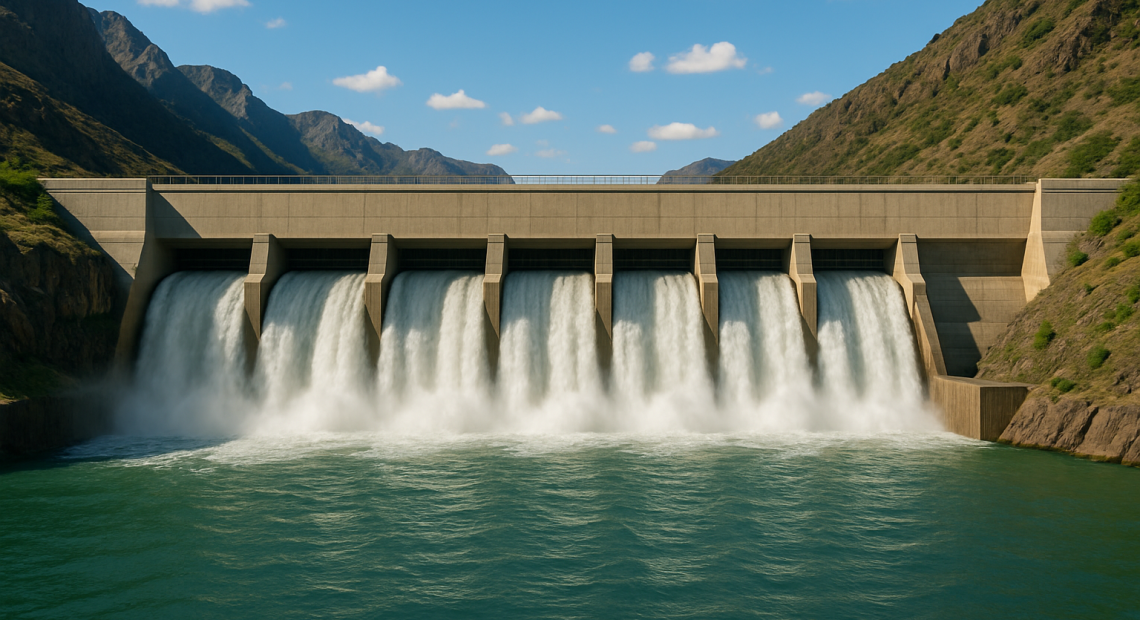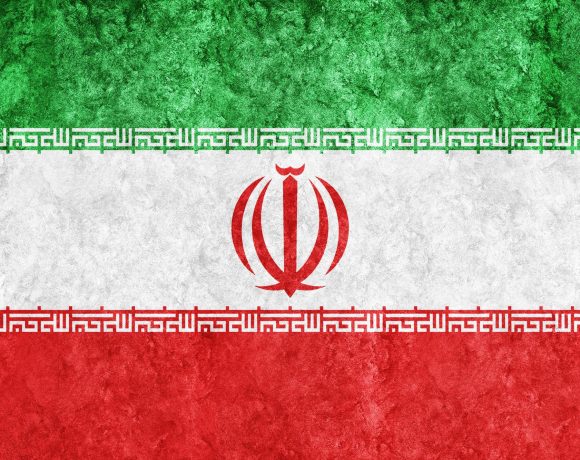
India Flushes Baglihar, Salal Dams; Pakistan’s Kharif Sowing at Risk
In a bold and strategic move following the suspension of the Indus Waters Treaty, India has begun flushing operations at the Baglihar and Salal hydroelectric power projects located on the Chenab River in Jammu and Kashmir. The process, initiated over the past weekend, is set to cause a temporary but significant disruption in water flow towards Pakistan during a critical agricultural window.
Indus Waters Treaty
Flushing refers to the release of high volumes of water from reservoirs to remove accumulated sediment and silt that can hamper the efficiency of hydroelectric plants. Although crucial for the long-term health of these installations, the process drastically reduces downstream water availability during its execution. With the timing coinciding with the lean pre-monsoon period, the impact on Pakistan’s Kharif sowing season is expected to be substantial.
In particular, the reduction in water flow is anticipated to affect the irrigation needs of Pakistan’s Punjab province, especially at the Marala barrage near Sialkot. The Kharif season, which includes the cultivation of key crops such as paddy, cotton, and maize, heavily relies on consistent river water availability during the early summer months.
Reservoir Flushing
Previously, such reservoir flushing was constrained under the Indus Waters Treaty to the monsoon season in August to ensure Pakistan’s agricultural water needs were met. However, with the treaty now suspended as part of India’s broader response to recent escalations, including the Pahalgam terror attack, India has opted to exercise full discretion over its water management protocols.
Both Baglihar (900 MW) and Salal (690 MW) dams are run-of-the-river projects with minimal water storage capacity, but the high-volume flushing is expected to last for one to two weeks. This short-term drop in downstream flow could severely affect Pakistan’s sowing patterns and further strain bilateral relations.
Kharif Crops at Risk
India is also ramping up long-term measures to strengthen its water usage from the western rivers. Plans are under review to construct a 10 to 12-kilometre tunnel that would divert water from the Chenab to the Ravi river, enhancing India’s irrigation and hydropower capabilities. Parallelly, critical hydroelectric projects like Ratle, Pakal Dul, Kiru, and Kwar in Jammu and Kashmir’s Kishtwar district are being expedited.
These developments highlight a significant shift in India’s approach to cross-border water sharing. While technically within India’s rights, the move sends a strong message and introduces serious implications for Pakistan’s agricultural stability, particularly as climate volatility adds further pressure to its farming sector.


















